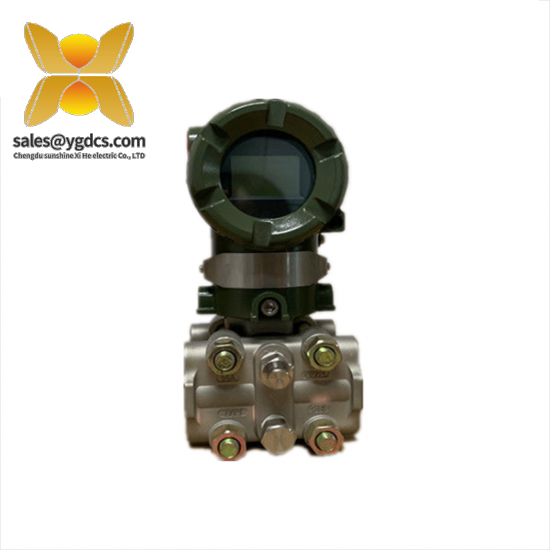Yokogawa EJA110A-DLS4A-92DA Pressure Transmitter
The Yokogawa EJA110A-DLS4A-92DA is a high-performance differential pressure transmitter designed for industrial control systems, offering accurate measurement and reliable performance in a variety of applications including fluid flow, level, and density monitoring.
Email:18005021035@163.com
Phone:+86 18005021035
Name:BeiLin
Content details
Measurement Range:0 to 10 bar
Accuracy:±0.075% F.S.
Repeatability:±0.02% F.S.
Operating Temperature:-20°C to +85°C
Power Supply Voltage:12VDC to 36VDC
Communication Protocol:HART, Modbus RTU
Protection Class:IP67
Process Connection:1/2 NPT
Material:Stainless Steel
The Yokogawa EJA110A-DLS4A-92DA is engineered with advanced sensor technology to provide unparalleled accuracy and reliability in challenging industrial environments. This differential pressure transmitter is renowned for its robust design and ability to withstand harsh conditions, making it ideal for applications in petrochemical, power generation, and manufacturing sectors.
Featuring a modular design, the EJA110A series allows for easy customization to meet specific process needs, ensuring precise measurement even in complex systems. Its versatile input power supply options enable compatibility with various control systems, enhancing operational flexibility.
With an operating temperature range from -27°C to 115°C, this transmitter is suitable for a broad spectrum of industrial processes, ensuring consistent performance throughout extreme environmental conditions. The high accuracy and repeatability guarantees dependable data collection, which is crucial for maintaining efficiency and safety in production operations.
For ease of installation and maintenance, the EJA110A-DLS4A-92DA offers IP67/IP65 protection ratings, safeguarding against dust and water ingress. This not only enhances durability but also reduces downtime associated with maintenance or repair.
The electrical isolation feature ensures the safety of operators by preventing electrical shocks and minimizing the risk of signal interference. This is particularly beneficial in hazardous environments where electrical safety is paramount.




